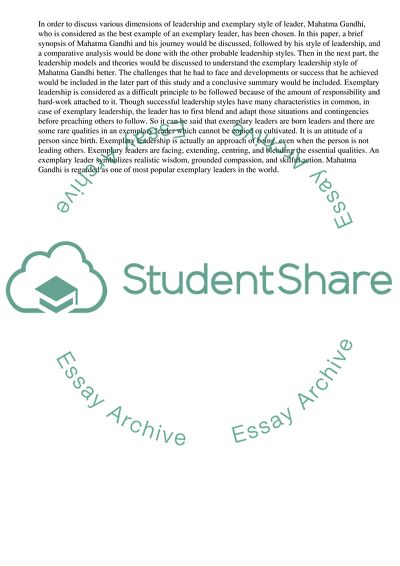Cite this document
(“The Exemplary Leadership Style Assignment Example | Topics and Well Written Essays - 2250 words”, n.d.)
The Exemplary Leadership Style Assignment Example | Topics and Well Written Essays - 2250 words. Retrieved from https://studentshare.org/management/1602568-analysis-of-an-exemplary-leader
The Exemplary Leadership Style Assignment Example | Topics and Well Written Essays - 2250 words. Retrieved from https://studentshare.org/management/1602568-analysis-of-an-exemplary-leader
(The Exemplary Leadership Style Assignment Example | Topics and Well Written Essays - 2250 Words)
The Exemplary Leadership Style Assignment Example | Topics and Well Written Essays - 2250 Words. https://studentshare.org/management/1602568-analysis-of-an-exemplary-leader.
The Exemplary Leadership Style Assignment Example | Topics and Well Written Essays - 2250 Words. https://studentshare.org/management/1602568-analysis-of-an-exemplary-leader.
“The Exemplary Leadership Style Assignment Example | Topics and Well Written Essays - 2250 Words”, n.d. https://studentshare.org/management/1602568-analysis-of-an-exemplary-leader.


